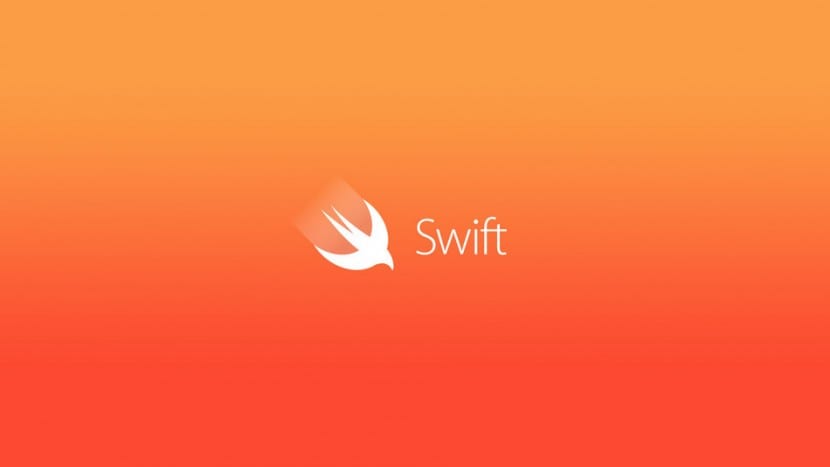Python was first released as a general-purpose programming language in the 1990s. Python’s popularity has grown in tandem with the rise of big data in the 2010s, as well as advances in data science, machine learning, and artificial intelligence. Businesses needed a language that could help manage large-scale data and scientific computing tasks quickly and with low barriers to entry. Python was well-suited to all of these tasks.
Despite the growing demand for machine learning and artificial intelligence (AI) at the turn of the decade, Python will not be around for long. The emergence of newer programming languages like Swift, Julia, and Rust poses a greater threat to the current data science king.
Swift for TensorFlow is arguably a more technically advanced system than Python because it employs automatic differentiation (AD) to generate novel static graphs and custom GPU code for various ML problems. Myia, a Python project, aims to do something similar, but it’s outside of the general Python workflow because Myia isn’t Python, but a subset of Python that requires its compiler to create Python extensions. Flux.jl for Julia is the only thing I’m aware of that competes with Swift in terms of AD.
Why Swift?
Swift is an open-source, user-friendly, and adaptable programming language created by Apple for iOS and OS X apps. Swift incorporates the best of C and Objective-C while avoiding the constraints of C compatibility. Because of its concise yet expressive syntax and lightning-fast app execution, it is a user-friendly programming language for newcomers.
Swift is only now gaining traction in the data science community. Jeremy Howard (co-founder of fast.ai) strongly supports it. There are a variety of libraries available for tasks such as numerical computation, high-performance functions for matrix math, digital signal processing, applying deep learning methods, building machine learning models, and so on.
Top Swift Data Science Libraries
- Nifty (Demo)
It is a Swift programming language general-purpose numerical computing library
- Swiftplot
Swift Data Visualization Library
- Swift for Tensor Flow
A cutting-edge machine learning platform
- Swift AI
It is an all-Swift deep learning library with high performance
Swift for TensorFlow provides a new programming model integrating the performance of graphs with the flexibility and expressivity of eager execution, with a strong focus on improved usability at every level of the stack, the TensorFlow team writes in an official blog post. It is important to note that this is not simply a Swift TensorFlow API wrapper. Swift has been enhanced with compiler and language enhancements to provide data scientists and machine learning developers with a superior user experience.
Difference
These languages are used for a variety of purposes. Python can be used primarily for back-end development, similar to how Swift is ideal for developing software for the Apple ecosystem. While the performance of Swift and Python differ, Swift is faster.
When deciding on a programming language, to begin with, a developer should also consider the job market and salaries. By weighing all of these factors, you can determine the best programming language.
The decision between Python and Swift for coding is primarily determined by the purpose. Swift is a programming language that can be used to create applications that must run on Apple’s operating system. Python is a good choice if you want to develop artificial intelligence, build a backend, or create a prototype.
To summarise, no one is claiming that Google is out to kill Python, but it is clear that they have discovered the language’s limits for data science. Given their massive investment in machine learning, it stands to reason that they would be the first to reach these limits. The real question is how long it will be before you, too, reach those limits.




